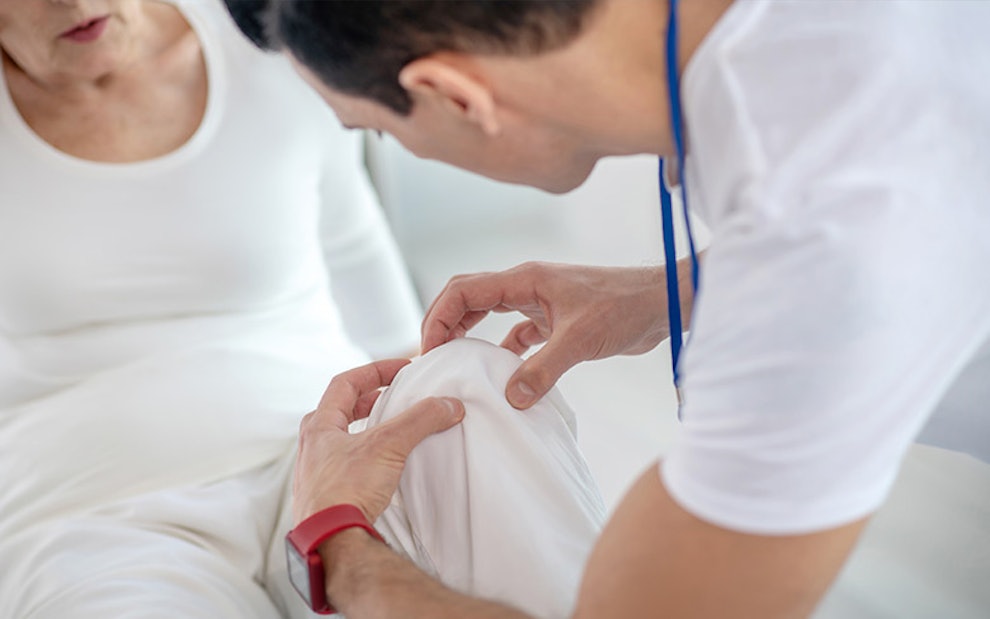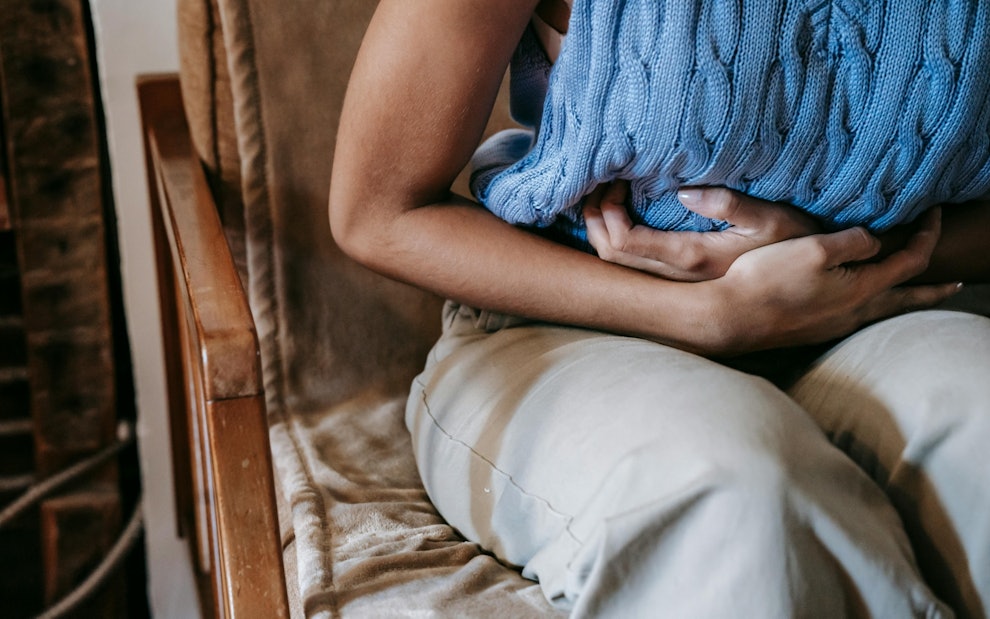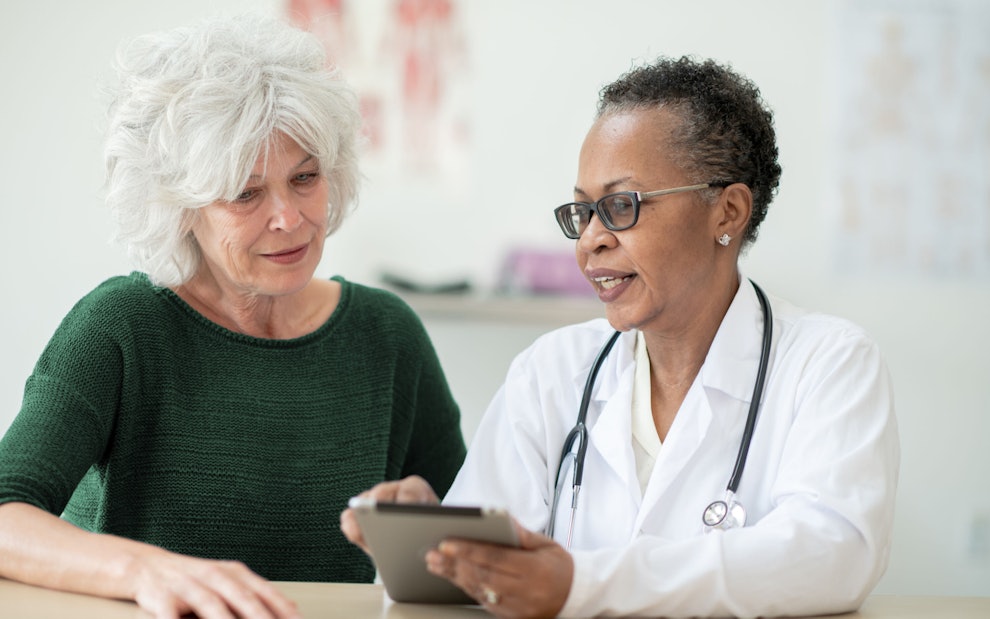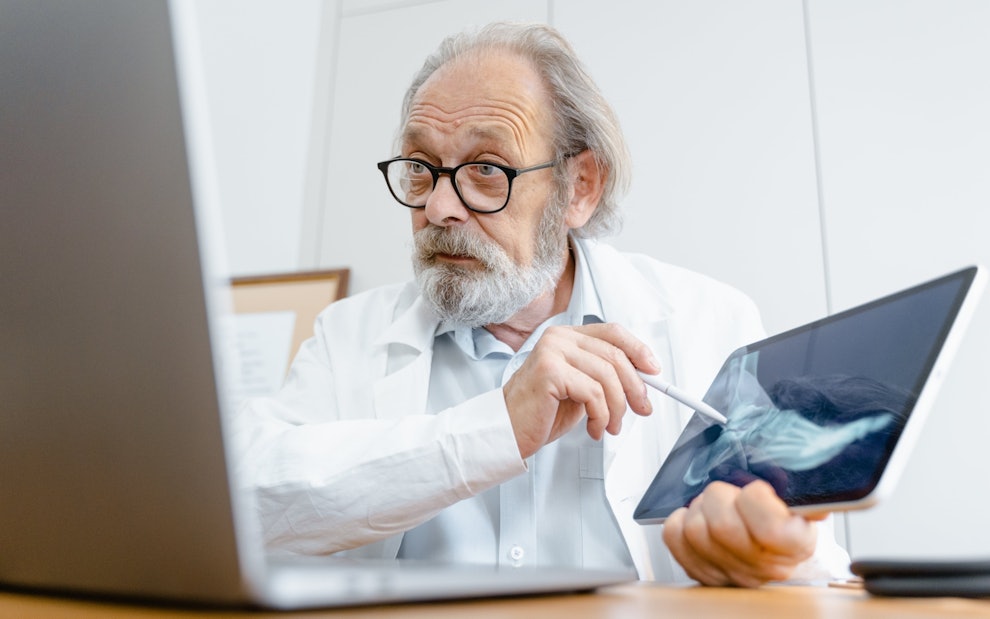Common Symptoms & Risk Factors of Osteoporosis
Article at a glance
Osteoporosis is one of the most common bone diseases, affecting close to 13% of American adults aged 50 and over.
Several factors can increase your risk of developing osteoporosis. Your gender, age, race, and family history are among the things that you can’t change, but you can compensate for this by adjusting your diet and lifestyle choices.
Osteoporosis has no clear signs and symptoms, and you’ll usually feel fine in the early stages. But it’s even better if you can prevent it, by knowing the warning signs, assessing your risk, and speaking with your doctor.

Osteoporosis is a serious disease with a high burden. Globally, 1 bone fracture occurs every 3 seconds. In fact, 1 in 3 women and 1 in 5 men over the age of 50 will experience a fracture because of osteoporosis. Of those, half will have another fracture, and 40% of people who experience hip fractures will be unable to walk on their own. Even though aging plays a role, there are many things you can do to prevent weak or fractured bones, and it’s never too early to start.
What is osteoporosis?
The word “osteoporosis” comes from the Greek words “ostéon” and “pôros” which, when combined together, means “porous bone.” Your bones provide structural support for your body, help with movement by serving as attachment sites for your muscles, protect your organs, and serve as a reservoir for minerals and other substances that are required to maintain overall internal balance, which is called homeostasis. When a person has osteoporosis, these functions are diminished. The normally small spaces within the bones, called trabeculae, become larger, which can weaken overall bone structure and make them prone to breakage. This typically happens without any symptoms, and people may not realize they have osteoporosis until they get a bone fracture. Virtually any bone can get fractured, but the most common ones are in the hip, spine, and wrist. Loss of bone mass and density is partly a normal process of aging. Although children and young adults build bone mass, at around 30 years old, it will stop increasing and remain constant. At this point, the goal is for your body to replace the same amount of bone that it breaks down. But this balance can get disrupted by the time you get to your 40s or 50s, and more of your bones might be broken down than be replaced. Even though osteoporosis is a “silent” disease, meaning it has no symptoms, there are steps you can take to help prevent bone loss, such as:
staying physically active with simple weight-bearing exercises
avoiding alcohol and quitting smoking
eating a balanced diet
checking in with your doctor to see if you need a bone scan
Who is at risk of developing osteoporosis?
There are a lot of risk factors associated with osteoporosis, but it’s important to know that some people can develop the disease without having any of them. Risk factors just increase your chances of getting osteoporosis, but they don’t guarantee that you will get it. Some of these factors can be prevented, while others cannot. But knowing and understanding these risks may help prevent you from getting the disease, or at the very least, its associated consequences.
Gender
Osteoporosis can happen in both males and females, but women are more likely to develop it than men. Moreover, compared to 10 years ago, the prevalence of osteoporosis increased significantly in women (from 14% to 19.6%) but not in men (from 3.7% to 4.4%). Women are more likely to develop osteoporosis because they tend to have smaller, thinner, and less dense bones, a longer life span, and less of the hormone estrogen in the body after menopause (estrogen helps preserve bone density). It’s estimated that among those 50 and older, up to 1 in 2 women and 1 in 4 men in the US will fracture a bone due to osteoporosis.
Age
Women over 50 years old, postmenopausal women, and men over 70 years old are at greatest risk of developing osteoporosis. As you age, your body naturally breaks down bone faster than it can replace it. Over time, your bones become weak and your risk of fractures increases.
Body size
Regardless of your age and gender, if you have a slender and thin-boned body frame, you’re more likely to get osteoporosis, because you generally have less bone to begin with compared to women and men who have larger bones.
Race
White and Asian women have the highest risk of developing osteoporosis while African American and Hispanic women have a lower risk. White men also have greater chances of getting osteoporosis compared to African American and Hispanic men.
Family history
Your chances of getting osteoporosis increase if one or both of your parents have a history of osteoporosis or have any signs that point to osteoporosis, such as a fracture after a minor fall.
Hormonal changes
Certain hormones can increase your risk of getting osteoporosis, including low estrogen levels in postmenopausal women. Women who have irregular menstrual cycles due to hormonal disorders or extreme physical activity may be affected, too. It can also be seen in men who have disorders that cause their testosterone levels to decrease. However, the gradual decrease in testosterone associated with aging is not considered a risk factor for osteoporosis.
Diet
Calcium and vitamin D play a crucial role in maintaining bone health. They work together to help build and maintain strong bones. A diet that is deficient in calcium and vitamin D, especially when it begins early in childhood, can increase your risk of fractures and osteoporosis. Extreme dieting and poor protein intake may also increase your risk.
Medical conditions
Osteoporosis can also be caused by other medical conditions that may easily be treated or managed. If you have any of these conditions, it’s important that you put extra emphasis on your bone health:
autoimmune: rheumatoid arthritis, lupus, multiple sclerosis, ankylosing spondylitis
digestive: celiac disease, inflammatory bowel disease
blood: sickle cell disease, thalassemia
hormonal: diabetes, overactive/underactive thyroid, Cushing’s syndrome, thyrotoxicosis, irregular periods, premature/early menopause
neurological: stroke, Parkinson’s disease, multiple sclerosis, spinal cord injuries
cancer: breast, prostate, leukemia, lymphoma, multiple myeloma
mental: depression, eating disorders
others: HIV/AIDS, COPD, chronic kidney disease, liver disease, polio, scoliosis, malnutrition, weight loss
Certain medical procedures can also increase your risk of osteoporosis such as organ transplants, gastrectomy, gastrointestinal bypass procedures, and other weight-loss surgeries.
Pregnancy and lactation
Pregnancy and Lactation Associated Osteoporosis (PLO) is a temporary decrease in bone density during pregnancy and while a woman is breastfeeding. Fractures are extremely rare, but when they do happen, they mostly occur in the spine and presents with severe back pain.
Medications
Many medications can cause bone loss, especially when taken long-term or in higher doses. These include:
steroids: cortisone, prednisone
antiseizure: phenytoin, phenobarbital
anticancer: chemotherapy drugs, cyclosporine, tacrolimus, tamoxifen, methotrexate
proton pump inhibitors and aluminum-containing antacids
antidepressants: Lexapro®, Prozac®, Zoloft® (SSRIs), lithium
antidiabetics: Actos®, Avandia® (thiazolidinediones)
aromatase inhibitors: Arimidex®, Aromasin®, Femara®
heparin
Lifestyle
A healthy lifestyle can help you address several risk factors for osteoporosis. That’s because many harmful lifestyle practices can increase bone loss such as:
physical inactivity: Being in poor shape can make you prone to falls and fractures. Simple weight-bearing exercises like walking can help strengthen your bones and muscles.
excessive alcohol intake: The amount of alcohol you drink is directly related to your risk of fractures. The more you drink, the higher your risk.
smoking: smoking is directly related to decreased bone density. It’s still unclear whether smoking itself is the cause, or if smokers just tend to have a higher incidence of other risk factors for osteoporosis, such as drinking more alcohol. Regardless, it’s established that smoking can cause an increased risk of fractures, and has a negative impact on bone healing after a fracture.
What are the signs and symptoms of osteoporosis?
In the early stages, it’s almost impossible to tell if you have osteoporosis because it typically doesn’t present with any signs and symptoms. The best thing you can do during this time is to check if you have any of the risk factors, and talk to your doctor about when is the best time to get a bone scan. Screening for osteoporosis is usually done only in women over 65 years old, or women of any age who are at an increased risk. There doesn’t seem to be enough evidence to show that screening for osteoporosis in men is beneficial. Even though the most common indicator of osteoporosis is getting a fracture after a minor fall, you don’t have to wait for this to happen before you go to your doctor to get your bones checked. Make sure to watch out for:
decrease in your height
change in posture, such as stooping or bending forward
shortness of breath
lower back pain
These are not normal changes in aging and may point to osteoporosis or other bone disorders, or to a separate medical problem.
Take care of your bones as early as you can. A healthy diet, staying active, quitting smoking, drinking little or no alcohol, and checking in with your doctor can go a long way toward reducing other risk factors you may have.
Sources
https://www.osteoporosis.foundation/patients/about-osteoporosis
https://www.bones.nih.gov/health-info/bone/osteoporosis/overview
https://www.womenshealth.gov/a‑z-topics/osteoporosis#references
https://www.hopkinsmedicine.org/health/conditions-and-diseases/osteoporosis
https://my.clevelandclinic.org/health/diseases/4443-osteoporosis
https://www.bonehealthandosteoporosis.org/patients/what-is-osteoporosis/
https://www.bones.nih.gov/health-info/bone/osteoporosis/conditions-behaviors/bone-smoking
Become a patient
Experience the Oak Street Health difference, and see what it’s like to be treated by a care team who are experts at caring for older adults.




